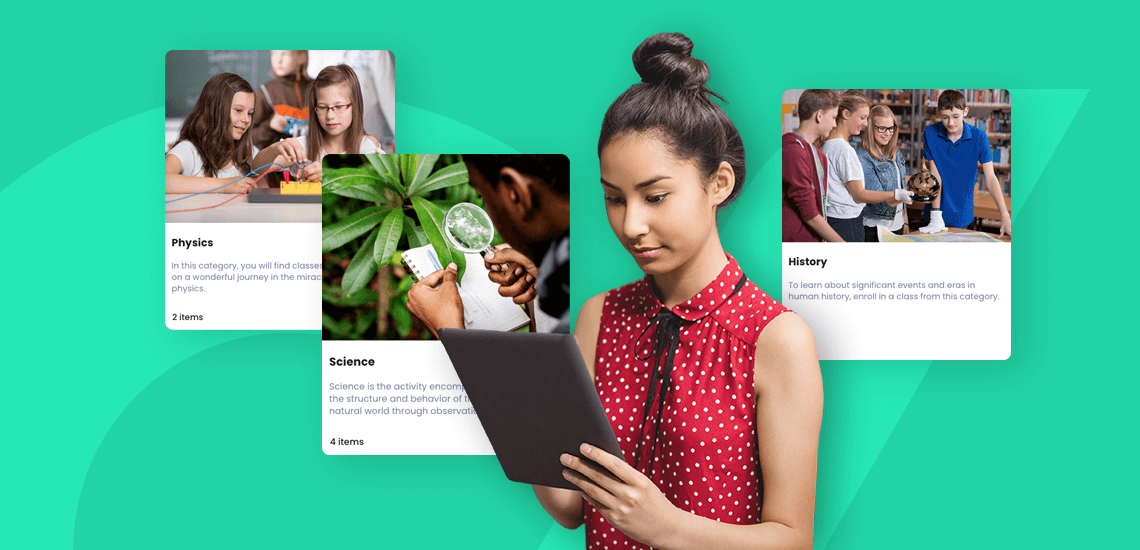Understanding the SAMR Model
The SAMR Model categorizes the integration of technology into four levels — Substitution, Augmentation, Modification, and Redefinition. This progression not only facilitates the practical adoption of edtech but also encourages educators to innovate and transform learning experiences.
Substitution: The starting point
At its most basic, technology acts as a direct substitute for traditional tools, with no functional change. For example, using a word processor instead of pen and paper. While this step doesn’t enhance the learning process, it’s often the first, crucial step toward technological integration, familiarizing both educators and students with digital tools.
Augmentation: Adding value
Augmentation still substitutes traditional methods but with added functionality. An example is using a word processor that automatically checks spelling and grammar, thus improving the writing process. This stage begins to enhance learning by making tasks more efficient and engaging.
Modification: Transforming tasks
Modification leverages technology to significantly redesign parts of the learning task. Here, technology is used to facilitate collaborative writing and feedback through cloud-based documents, enhancing students’ ability to work together and receive real-time input. This level represents a qualitative change in how technology is used in the learning process.
Redefinition: Creating new possibilities
The pinnacle of the SAMR Model, Redefinition, allows for the creation of new tasks, previously inconceivable. An example is students using virtual reality to explore historical sites or simulate scientific experiments, transcending physical classroom limitations and offering unique, immersive learning experiences.
Implementing the SAMR Model: Practical steps
- Start small: Begin with substitution to integrate familiar technology, gradually moving towards more innovative applications.
- Encourage collaboration: Use technology to foster collaboration among students, such as through shared online documents or educational platforms.
- Seek feedback: Regularly gather input from students on their experiences with technology in the classroom to understand its impact and areas for improvement.
- Professional development: Continuously seek opportunities for professional growth to stay abreast of the latest edtech trends and tools.
- Reflect and adjust: Regularly evaluate the effectiveness of technology integration, aiming to progress through the SAMR levels without overwhelming students or sacrificing educational goals.
A journey of continuous exploration
Integrating edtech in the classroom is a journey of exploration and adaptation, guided by the SAMR Model. By understanding and applying this framework, educators can not only make informed decisions about technology integration but also unlock its potential to transform teaching and learning. As we move forward, the model serves as a reminder that the goal of edtech is not just to replace traditional methods but to enhance, innovate, and redefine education for the digital age.







